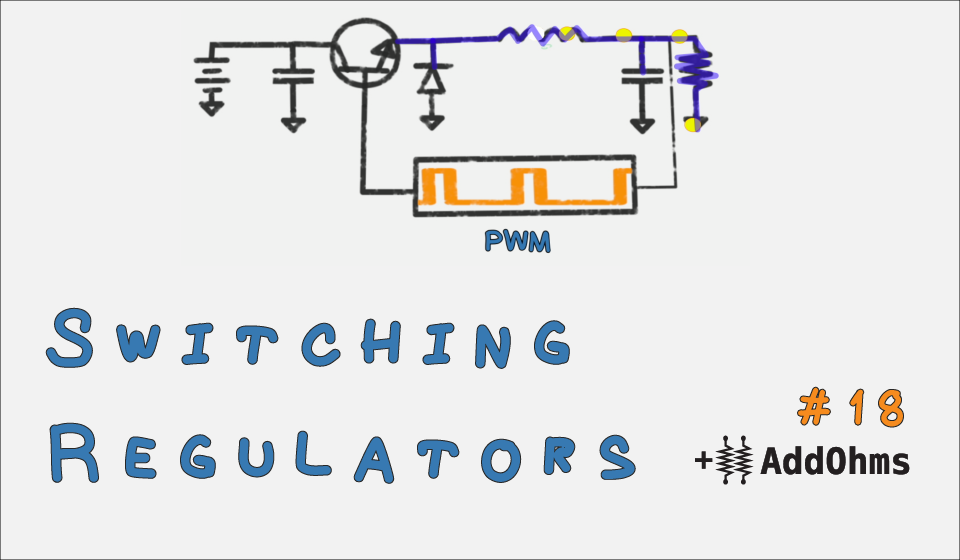While many want to call 2016 the worst year ever, I feel that is an entirely undeserved title. It certainly could have been a better year, but it wasn’t the worst that I can remember. For the engineering community, both professional and hobbyist, it seems to have been a fantastic year. My gauge for this feeling is the activity on baldengineer.com. In 2016, I saw almost half a million sessions contributing over 1.2 million page views. (That’s 98% more people looking at 313% more tutorials compared to 2015.)
Here’s a breakdown of the most visited pages (tutorials) on the site.
Overall Top 5 Tutorials for 2016
First up is a simple list with the most views, across all content.



